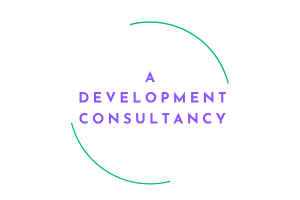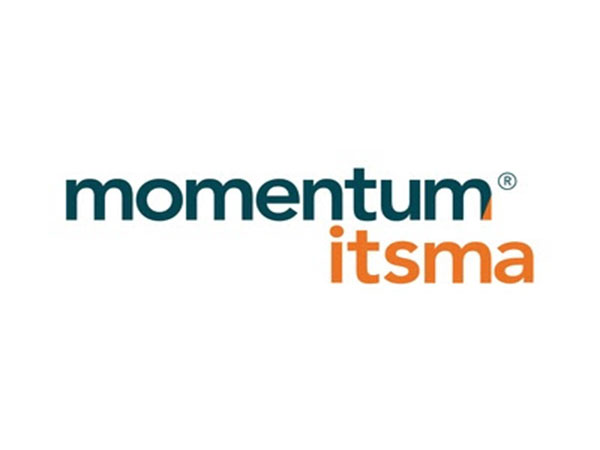Change management and change fatigue: navigating change management successfully
In July 2023 Gartner surveyed 520 HR leaders to gauge their top priorities for 2024 – change management ranked in the top five, so let’s delve into some of the details.
A few issues that were mentioned by Gartner included:
- Managers are not fully equipped to manage change successfully
- The change process isn’t measured effectively
- Change fatigue is slowing progress.
 The inevitability of change
The inevitability of change
Change is inevitable in any organisation, whether it is driven by internal factors such as growth, innovation or strategy, or by external factors such as market shifts, customer demands or regulations. However, it is the way in which organisations handle these changes that can make all the difference to acceptance and ultimately to performance.
Change rarely happens for change’s sake and there are valid reasons for the change. Notably, change can bring many benefits, such as improved performance, increased efficiency or enhanced competitiveness, but it can also pose many challenges, such as resistance, uncertainty or even disruption within the work environment.
How to overcome hurdles with effective change management
Change management is a process for planning and implementing new ways of operating within an organisation. It aims to ensure that the change is aligned with the organisation’s vision and goals, and that it is supported and adopted by the people who are affected by it, namely the organisation’s stakeholders.
It can help organisations achieve successful change outcomes, such as meeting project objectives, delivering the expected benefits and enhancing employee engagement and satisfaction. However, change management is not a one-size-fits-all approach, and it needs to be tailored to the specific context and needs of each organisation and change initiative. How change is delivered is as important as what the change is
There are four key areas to focus on in order to implement successful change:
- Communicating the purpose and benefits of the change – addressing the concerns and questions of the stakeholders. Having honest conversations about the benefits and the challenges as well as noticing how people are experiencing the change. This is part of building ownership.
- Reinforcing changes through formal mechanisms – aligning the organisational structures, systems, processes and incentives with the desired outcomes of the change while removing any barriers or conflicts that may hinder the change.
- Providing the necessary training and coaching – developing the skills required to enable employees to acquire and apply the new knowledge and behaviours required by the change. And according to the Gartner research particular attention needs to be given to the upskilling of managers and leaders so that they are fully equipped to manage change successfully.
- Role modelling – Leaders and influencers of the organisation must demonstrate the expected behaviours and attitudes of the organisation while creating a culture of trust, collaboration and learning. This may not fall comfortably or naturally on leaders’ or change agents’ shoulders, so it’s important to obtain the right training and be prepared.
Why it’s important to measure the change process
One of the issues mentioned in the Gartner report was that the change process isn’t measured effectively. It’s important to measure how the change has affected the organisation and those who work there, otherwise how do you know how people are dealing with the changes and what to adjust in order to achieve the desired outcome?
The key to the measuring the change is involving the stakeholders, which often mostly involves employees. Surveys before, during and after the change process help gauge how the process is going and enables reasonable adjustments to be made.
In addition to surveys, some organisations use focus groups and regularly monitor attitudes and opinions from these groups. Subsequently, feedback from the sessions will influence how the process proceeds.
The oncome of change fatigue
One of the factors that can slow progress and influence the effectiveness of change is change fatigue. This is a general sense of indifference or resistance to organisational change, sometimes as a result of small changes introduced over a period of time. Gartner referred to a ‘transformation deficit’ where there’s an increase in the volume of change over time but the willingness of employees to take on that change is lacking.
This may not be so surprising as over time people have become wary of change – with past projects they have been promised wonderful outcomes as a result of change, but that change hasn’t delivered.
Change fatigue can manifest in negative reactions, such as burnout, frustration or apathy, and result in lower employee engagement and productivity and it can be caused by various factors such as:
- Lack of clarity or alignment on the vision, goals, and priorities of the change
- Lack of involvement or consultation of the employees in the change process
- Lack of support or recognition for the employees during and after the change
- Lack of resources or capacity to cope with the change
- Lack of trust or confidence in the leaders or managers
- Lack of feedback or evaluation of the change outcomes and impacts.
How can an organisation avoid change fatigue?
Different change management models exist, and organisations must be influenced by the most appropriate model for them. One of the more well-known is that of John Kotter, a professor at the Harvard Business School.
Kotter’s four main change principles include:
- Select few + diverse many
In other words, involving a small group of leaders and a large group of employees from different levels, functions and backgrounds in the change process. Ensuring that they have a clear and shared understanding of the change and their roles and responsibilities in it.
- Have to + want to
This means creating a balance between the rational and emotional aspects of the change and addressing both the needs and the desires of the employees. This can be done by explaining the logic and the benefits of the change, as well as inspiring and motivating the employees to embrace and support the change.
- Head + heart
Engaging both the cognitive and the affective dimensions of the employees and appealing to both their minds and their hearts. This can be done by providing information and education, as well as empathy and compassion, to the employees throughout the change process.
- Management + leadership
This means combining the technical and the people skills of the change agents and ensuring that they have both the ability and the willingness to lead and manage the change. This can be done by equipping them with the necessary tools and techniques, as well as the vision and the values, to guide and support the employees during the change. When managers effectively explain the impact of change, employee and team willingness to change can increase up to 73%.
Change management and change fatigue are interrelated concepts that can influence the success or failure of organisational changes. By applying the principles and practices of change management, and by preventing or mitigating the effects of change fatigue, organisations can navigate organisational changes successfully and achieve the desired outcomes and benefits.
If your organisation is looking to introduce changes and would like input from People Business HR and Talent consultants, do get in touch. We’d be happy to discuss your requirements.




